Rashida Harbi Tlaib is a Democrat who represents the 12th District of Michigan in the US House of Representatives.
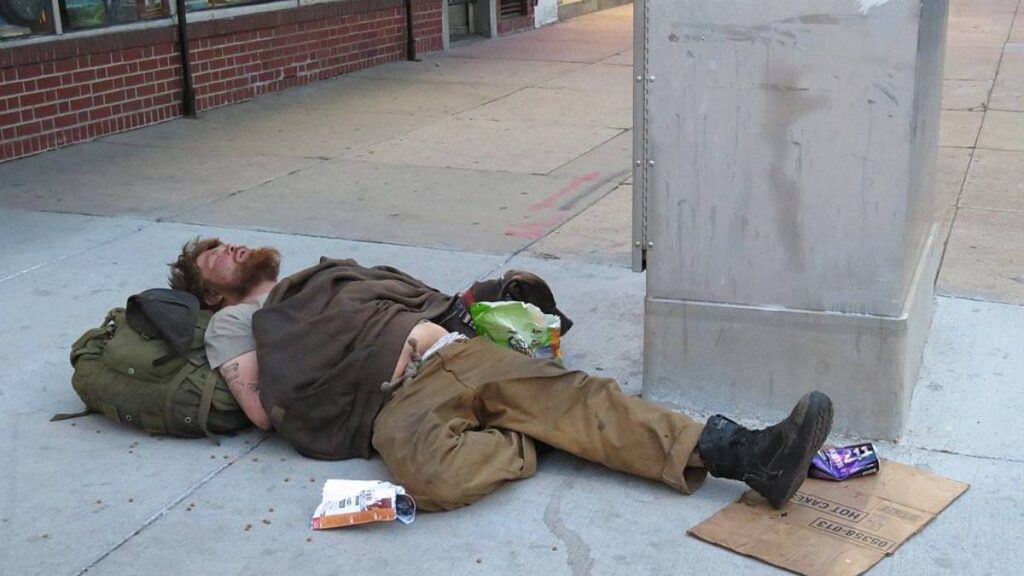
According to Tlaib, the cash assistance will span three years to help young Americans get off the street and back on their feet.
The Youth Homelessness Guaranteed Income Pilot Program
The bill is officially called the Youth Homelessness Guaranteed Income Pilot Program Act (YHGIPP). This initiative targets vulnerable youths who are 30 years and younger.
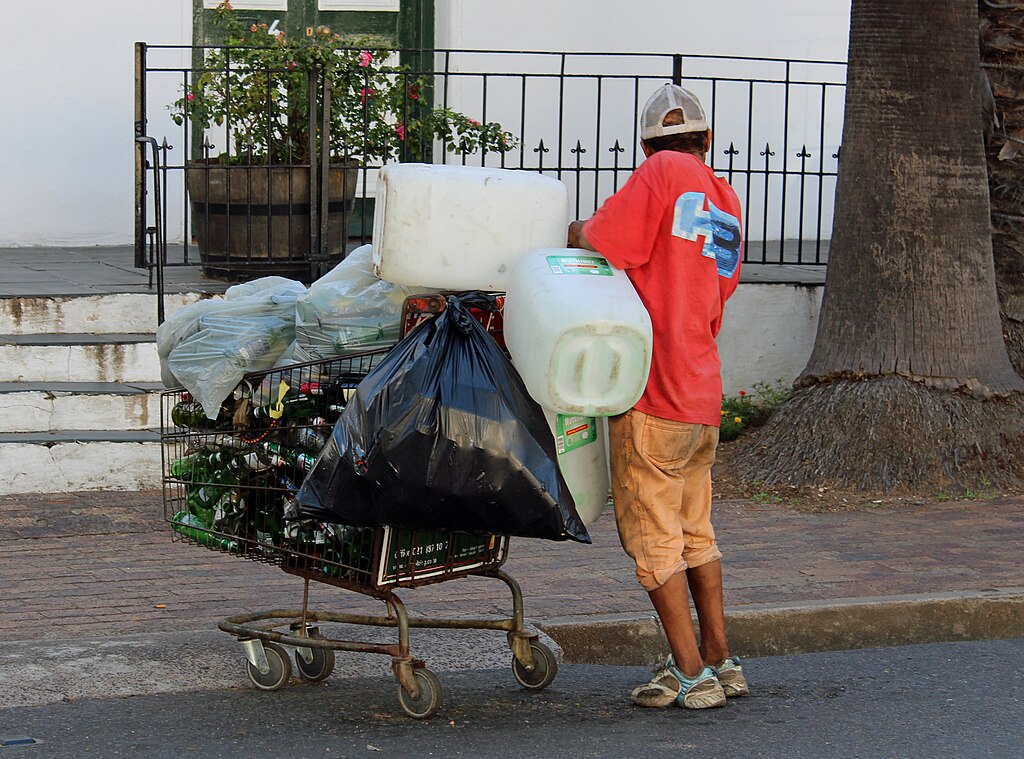
Other Democratic representatives, such as Jan Schakowsky of Illinois, Barbara Lee of California, Eleanor Holmes Norton of the District of Columbia, Sylvia Garcia of Texas, and Cori Bush of Missouri, co-sponsored the bill.
Making Cash Available to Homeless People
The financial details of the YHGIPP include a proposal to avail the vulnerable youths of $1,400 every month. If the bill eventually receives majority approval, the payments will run for three years.
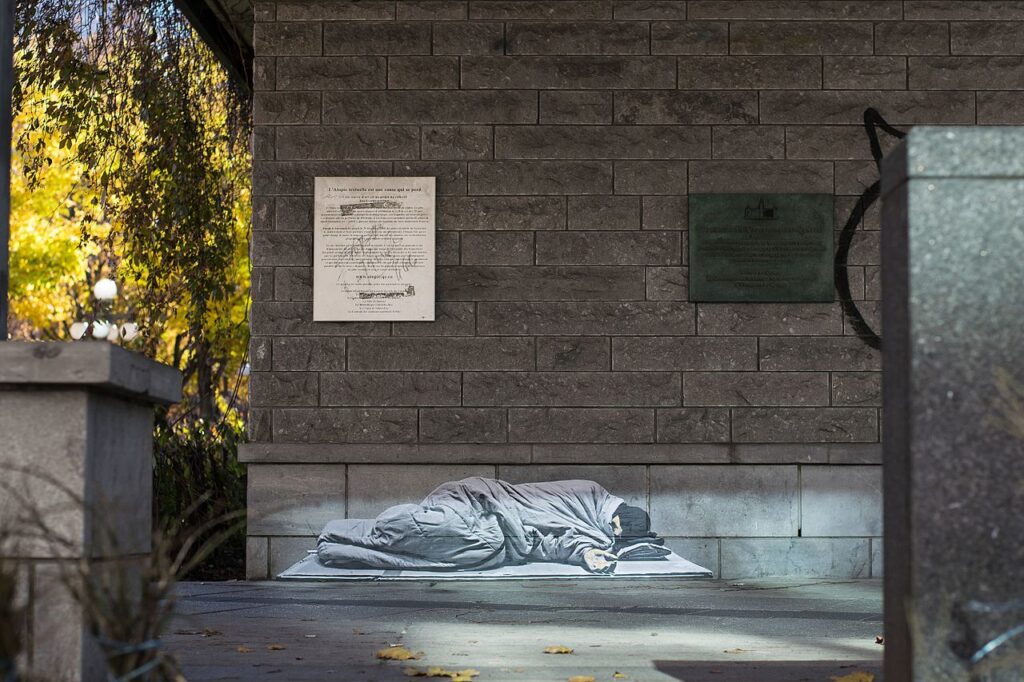
The beneficiaries are expected to have enough savings at the end of this period to sustain their accommodation needs for subsequent years.
Not a Wasteful Jamboree
Rep. Tlaib is not just asking the US government to declare happy hour with taxpayer money. Instead, the YHGIPP initiative is based on the precedent of scientific research that establishes the fact that homelessness is a raging menace in the US.

The study was conducted at the University of Chicago and revealed that close to 15% of young Americans have once experienced homelessness.
The Initiative is Based on Research
Likewise, the US Department of Housing and Urban Development submitted the 2023 Annual Homelessness Assessment Report (AHAR) to Congress, in December. Interestingly, the content of this assessment is quite similar to the earlier cited academic research findings.

The only difference is that the AHAR provides details and contextual references to the Homelessness crisis in the United States.
Minority Groups are Worst Hit
According to the AHAR, homelessness is a menace that bites on the American populace each year. It affects close to 4 million youths and young adults annually.
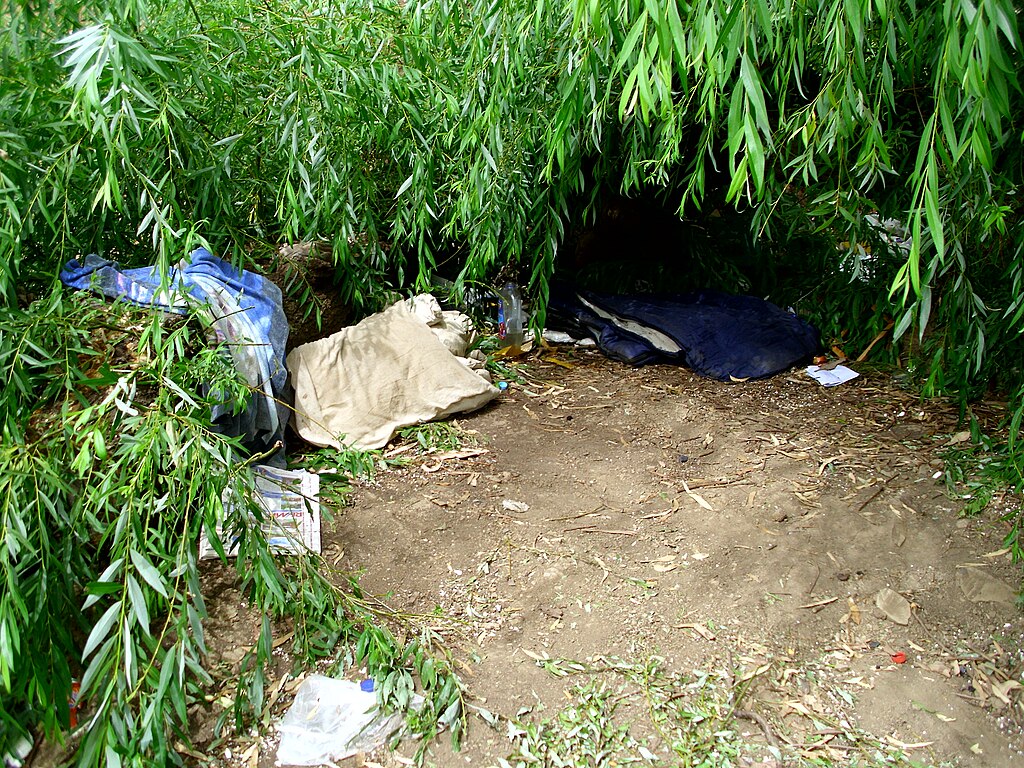
The report further points out that Black and LGBTQ+ youths are disproportionately affected by the crisis. Unfortunately, the noose is not loosening, as homelessness among youths climbed by 17% between 2022 and 2023.
Precious Efforts Not Good Enough
Rep. Tliab admits that the US government has made efforts in the past to curtail the onslaught of homelessness. However, she also pointed out that the previous interventions only provided temporary relief and were unsustainable.

During a recent statement, Rep. Tliab said, “We can’t keep repeating the same policy approaches that haven’t ended the youth homelessness crisis.”
A Living Allowance
Rep. Tliab also explained that pegging the monthly cash assistance at $1,400 is strategic. That amount is based on recent rent averages.
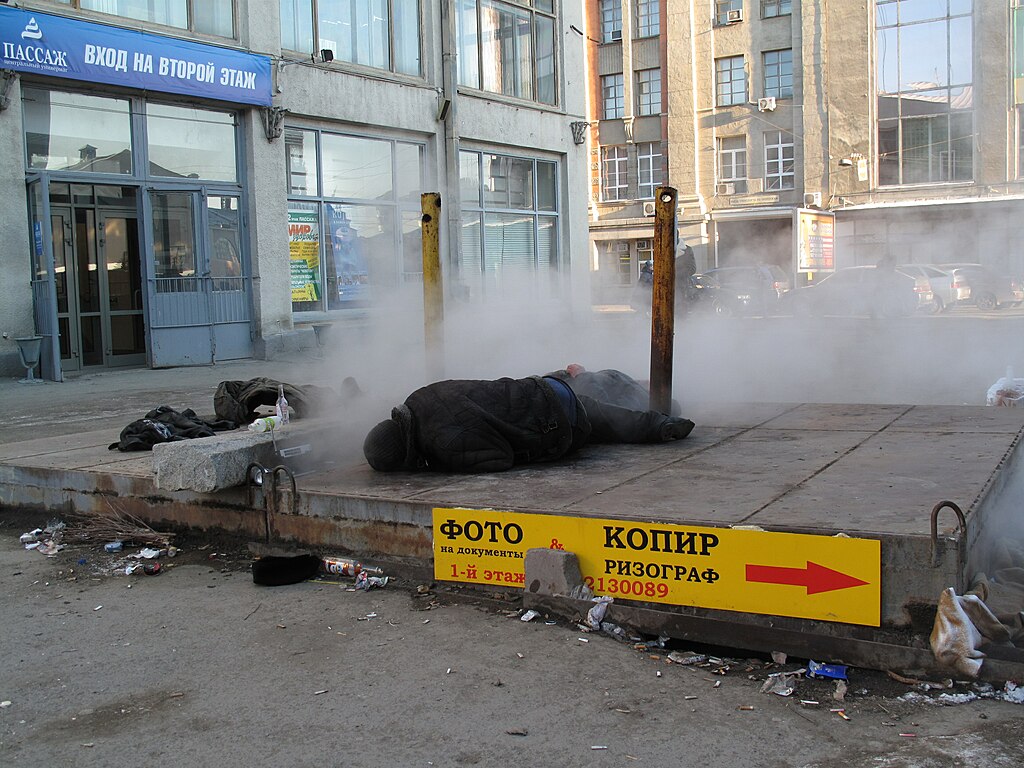
Direct cash assistance is an initiative that has been adopted during other crises, like the pandemic. So, Rep. Tliab feels it would not harm to try it to solve the homelessness crisis.
Open to Alternative Opinions
Interestingly, Rep. Tliab is not blindly affirmative in her proposition. Regarding its effectiveness, she says implementing the bill will reveal how effective direct cash transfers would be.

She suggests that the YHGIPP could be complemented with academic research to assess the implementation of direct cash transfers.
The Timeline is Inconclusive
While the cash transfer initiative would be rolled out nationally, Rep. Tliab does not know when it will be brought to the Chambers for deliberation.
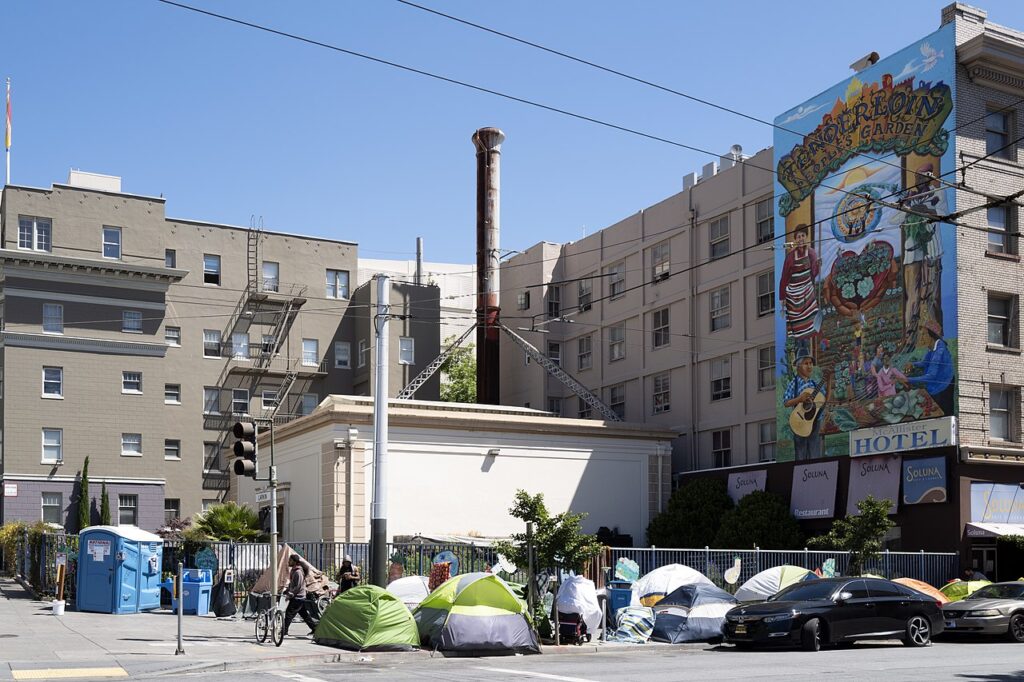
Indeed, it would be too early to predict the bill’s prayers, approval, and implementation. So, Rep. Tliab asks everyone to keep their fingers crossed.
An All-inclusive Formulation
During one of her many statements about the bill’s formulation, Rep. Tliab explained that it was not entirely her brainchild. Instead, its formulation was all-inclusive and involved youths who have once been and are currently, victims of homelessness.

Involving the people whom the bill intends to help in the formulation process will help the initiative address the core of the crisis.
An All-out Battle Against Homelessness
As part of her efforts to canvass bipartisan support for the bill, Tliab said, “In the richest country in the history of the world, it’s time to eradicate homelessness. The Youth Homelessness Guaranteed Income Pilot Program Act brings us closer to that goal.”

Tliab’s policy seems to be “making some effort is better than doing nothing at all.”
Non-profit Organizations Offering Solidarity
Rep. Tliab is not alone in her push to approve the YHGIPP bill. Some not-for-profit groups are already endorsing the initiative.

For example, the Detroit Justice Center has hailed the bill as a more proactive route to snatching the nation’s youths from the clasp of homelessness.
Is Homelessness Equal to Criminality?
The executive director of the Detroit Justice Center, Nancy Parker, had good words to say about the bill soon after its announcement.
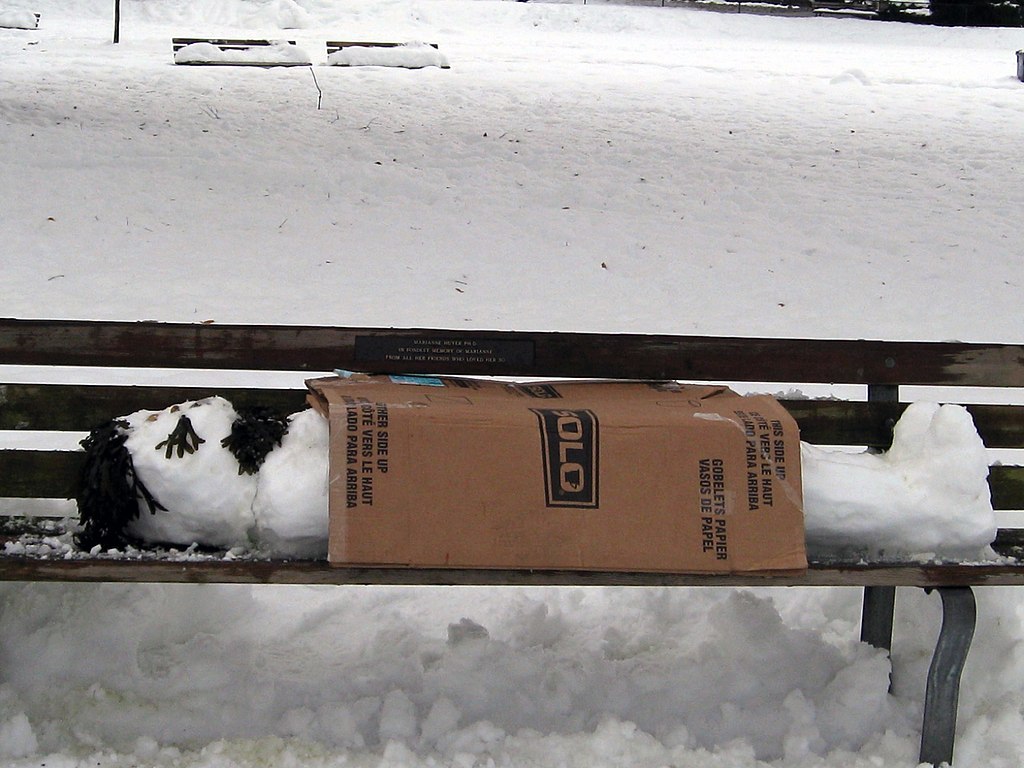
Parker made an official statement, saying, “The Youth Homelessness Guaranteed Income Pilot Program Act is a welcomed first step towards addressing the ongoing issue of homelessness and the manner in which unhoused residents are disproportionately impacted by the criminal system.”
There Are Better Ways
Parker also called out the ineffectiveness of existing efforts to address homelessness. She drew a parallel between policies addressing homelessness and the penal and Judicial systems.
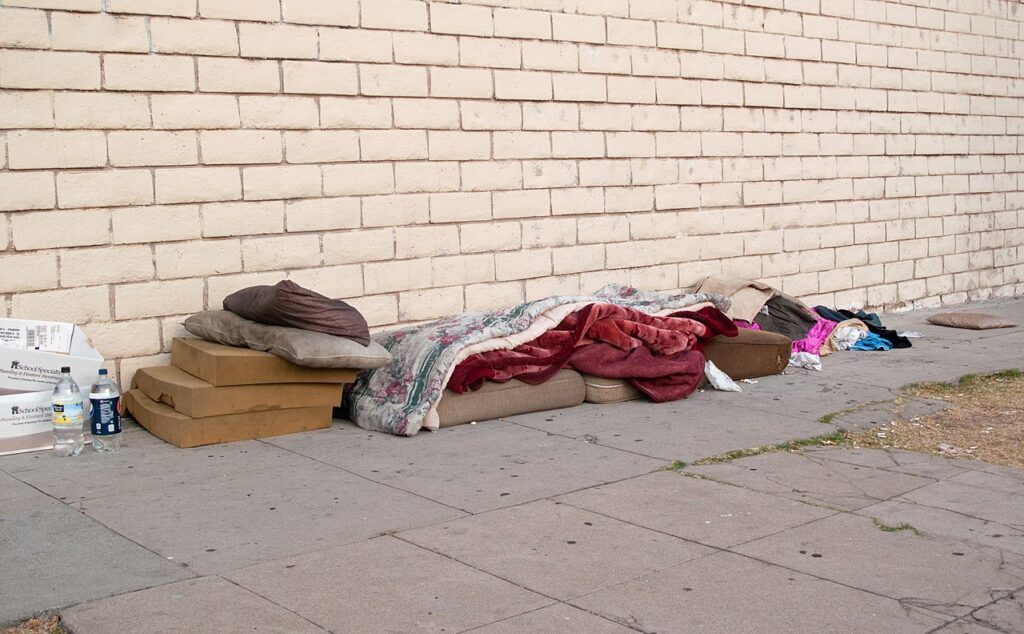
Parker said something to the effect of the government merely criminalizing homeless people instead of formulating policies that will solve the crisis.
Cash Assistance Can Work
However, some independent bodies are already making projections about the potential benefits of the direct cash transfer initiative.
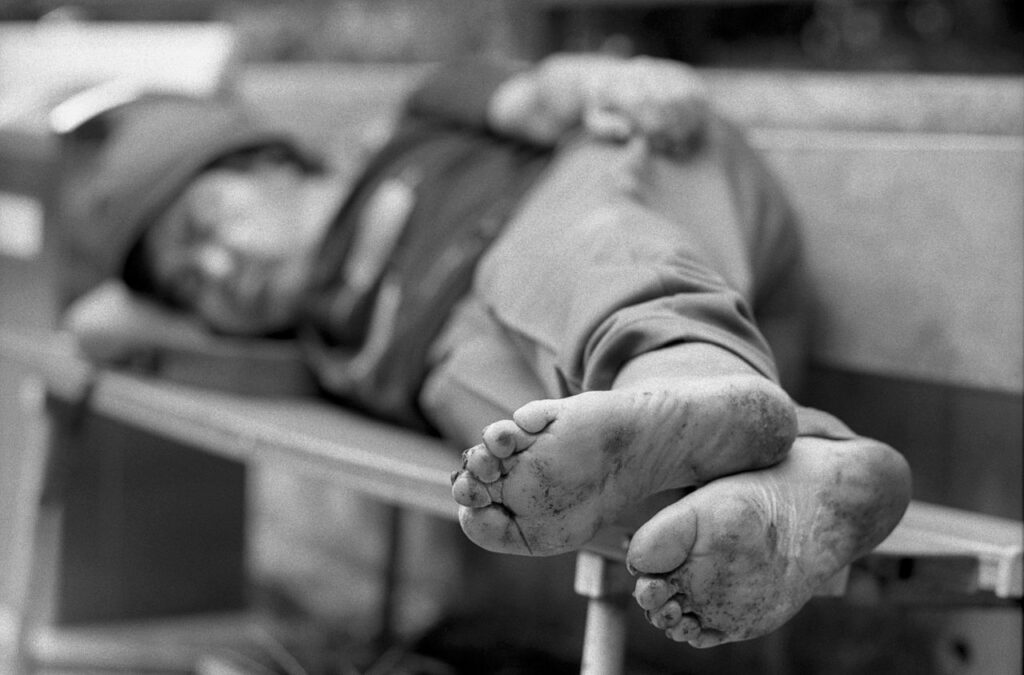
For example, the Center for Housing & Homelessness Research at the University of Denver found that providing the impoverished with direct cash assistance would greatly improve their livelihood across the board. The study’s report cites previous instances of cash assistance initiatives.
Ann Arbor Leads the Way
The US has never tried a cash assistance program on a national scale. However, there have been pilot-scale trials of the initiative, sometimes as part of research and in other instances as a project by a local council.

For example, the city of Ann Arbor started a two-year cash assistance program for its local entrepreneurs earlier this year.
Wealth and Homelessness Are Unlikely Complements
However, the question still bugging many individuals is how homelessness has come to plague the wealthiest nation on the planet, particularly among the country’s youths.
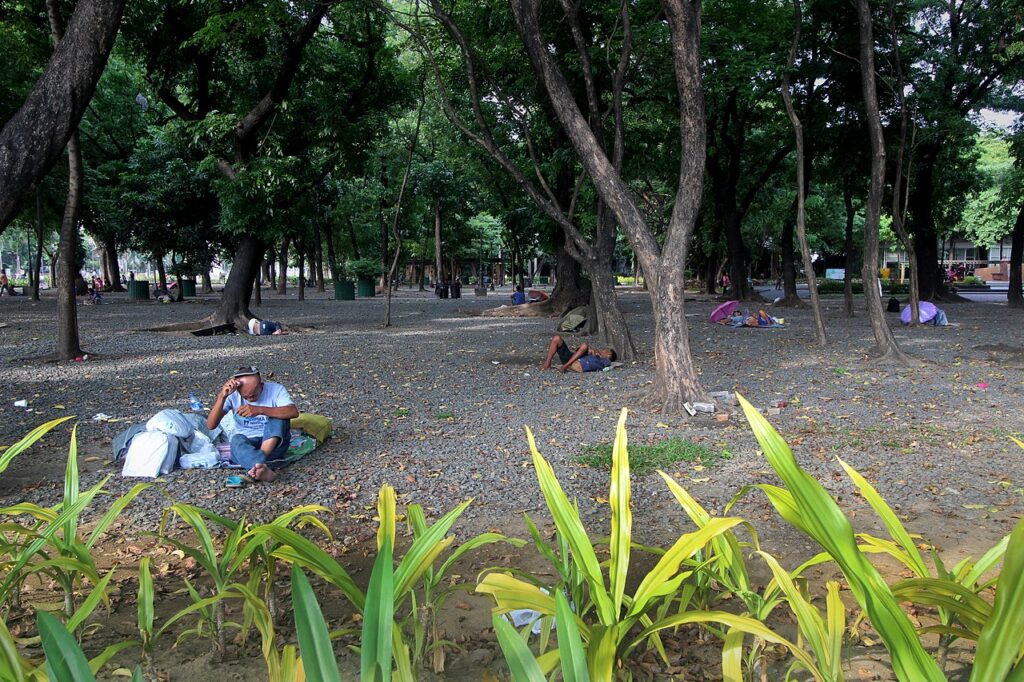
National Network for Youth (NN4Y) proffers a likely root cause. The first thing the NN4Y points out is the likelihood of most homeless youths being from minority groups.
Shaky Family Structures
Another potential culprit that the NN4Y fingers in the homelessness of American youths is a family crisis. According to the group, the family structure of the 21st-century American home cannot withstand the rigors of youthful dysphoria.

When the children conform to their parents’ whims, that sometimes does not even stop the family from falling apart.
The Intoxication of Independence
According to the NN4Y, close to 90% of youths in shelters around the country report having been involved in some form of conflict with their family. Over time, they leave home and decide to band off on their own.
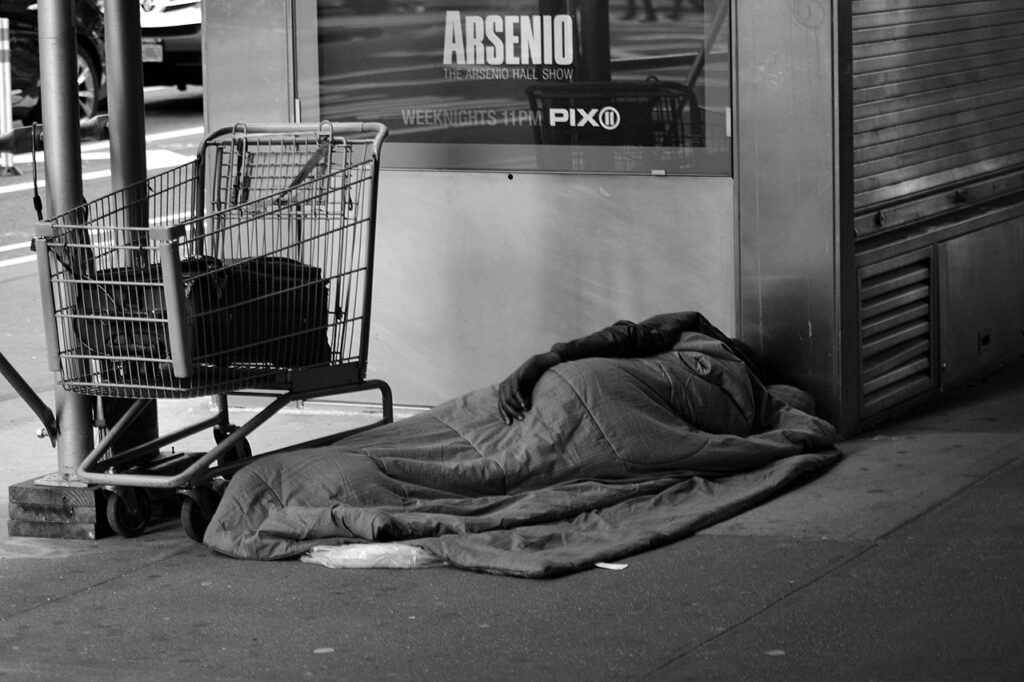
Interestingly, even without any crisis at home, most youths tend to start affirming their independence as soon as they are 18.
Wealth Inequality
Some analysts have suggested that the uneven distribution of wealth is a culpable factor in homelessness. This school of thought feels that this disparity makes it more difficult for the youthful population to build first-generation wealth.

A report by Statista shows that in 2023, about 51% of America’s wealth is domiciled in the hands of baby boomers.
Baby Boomers are Not Easing Off
The study by Statista further contextualizes their affirmation about wealth distribution by suggesting that Millenials and Gen Zs control just 9.3% of America’s national wealth.

This helps us see the wealth gap between US citizens who are 60 years or older and those who are 30 years or younger.
Living On Loans
Statista further explains how this wealth gap manifests in many areas of everyday life. A very typical illustration is the financial freedom baby boomers enjoy right after college graduation.

On the contrary, Millenials and Gen Z have been hounded by their student loan baggage for several years, discouraging some young Americans from obtaining higher qualifications.
Unemployment Versus Underemployment
There is also the case of underemployment. After breaking their backs and struggling to obtain the appropriate education, and at their own expense, some youth still end up becoming underemployed.

This does not imply that they don’t have jobs. However, it does mean that they hold employment that is different from their academic qualifications.
Local Initiatives to Salvage the Situation
However, there is a glimmer of hope in some states. Some governors are already taking the initiative to provide affordable housing for locals.

A laudable example is Governor Gavin Newsom, who signed about 53 housing-related bills towards the close of last year. Those were all in a bid to make housing affordable in California.
